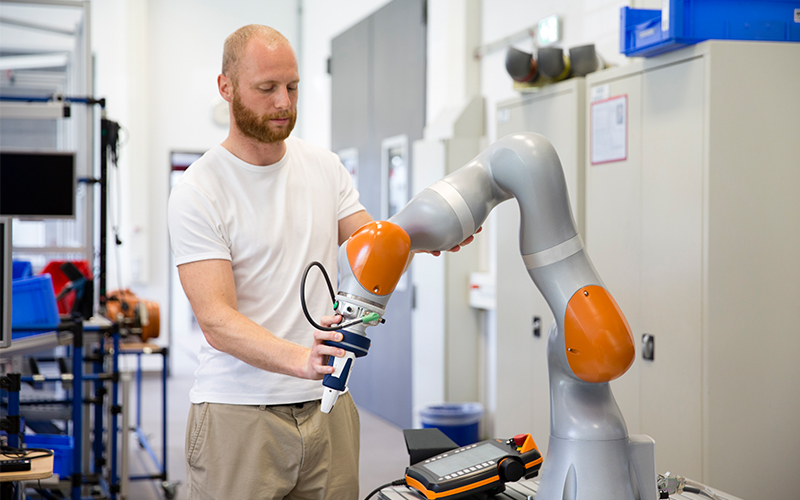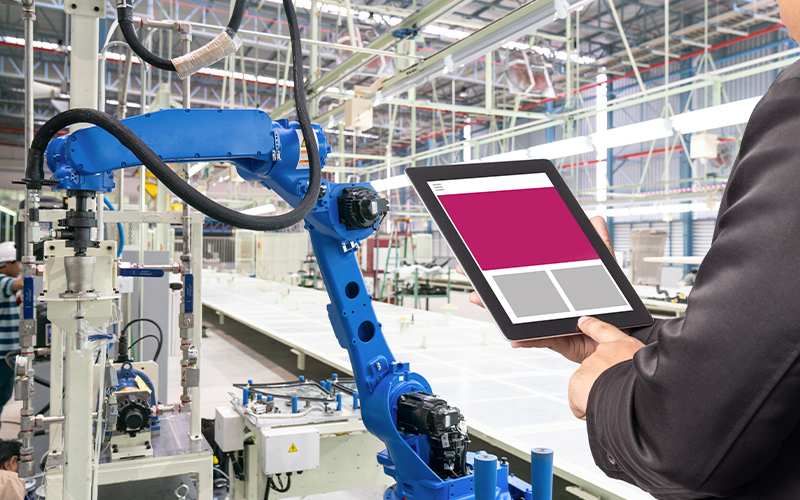Annotation Services
Understanding machine learning datasets
Artificial intelligence (AI) and machine learning (ML) help developers simulate human intelligence in machines. These simulations enable the machines to perform various tasks with little or no human assistance. For enterprises to develop newer and more efficient AI and ML models, they need precise machine learning dataset. These machine learning datasets help algorithms better understand complex patterns or a series of possible solutions to a given problem.
What is training data?
Machine learning datasets are crucial for ML algorithms process data and find connections to develop an understanding of a dataset. Making these connections and finding patterns in processed data is the ‘learning’ part of an ML system’s lifecycle. Based on the ‘learning,’ these algorithms make pattern-backed decisions. The performance quality of the ML model is directly proportional to the quality of the machine learning datasets. ML algorithms help machines solve problems based on retro observations. Exposing the machines to relevant machine learning datasets helps them evolve and improve with time.
What is test data?
Once you build the ML model with the training data, you would require new data to test the model. This new and ‘unseen’ data is testing data. It helps evaluate future performances of a prediction or a classification model. Another partition of the dataset, called the validation set, is used in iterative testing of the model before the test data is entered. This optimisation with an extra dataset detects overfitting and gives the developers a chance to rectify it before testing the model with the test data.
Training set versus test set
Training data is approximately 80% of the complete dataset fed into the ML model to help it discover and learn patterns. It is a human-processed dataset that has annotations as markers for the algorithm. Since testing data evaluates the model’s performance, monitors the progress of the algorithm, and skews it for optimum results, the test data must:
- Represent the actual dataset
- Be large enough to generate practical predictions — typically, 20% of the entire dataset
In simple words, the difference between training and testing data is that the former trains the model and the latter ensures that the model works. The entire process involves three important steps:
- Feed: Feeding the model with the training data
- Define: The model converting the training data into text
- Test: Feeding the model with unseen test data to test it
Using data annotation
Data annotation is adding tags and labels to machine learning datasets. Building and training an ML model to work effectively requires large volumes of training data. To enable informed decisions and actions, ML models process data and gain specific information. Properly annotated training data is necessary to achieve this. Annotation connects all the dots to help machines identify specific patterns and trends in data. Some futuristic ML functions that use data annotation for training are:
Autonomous vehicles:
While we already have smart and self-driving cars, fully autonomous vehicles could be a reality soon. Testing and training data will lay the foundation for sophisticated autonomous machines.Chatbots:
An excellent example of the difference between training data and test data could be an instance of a chatbot at work. The actual working conditions of a chatbot would be vastly unpredictable compared with a training dataset. While effectively interacting with different humans is a feat that we can only imagine, accurate annotation and training could simplify the process.Facial recognition:
Another rapidly evolving ML use case is facial recognition. Since global governments, security agencies, and tech industry leaders are simultaneous stakeholders in the technology, the cream of the annotation and data training ecosystems are working on improving it.Healthcare technologies:
Crises of global magnitudes, such as the COVID-19 pandemic and the fight against highly infectious diseases, have paved the way for greatly evolved healthcare technologies. AI can potentially transform diagnoses of pathological and neurological ailments by pattern recognition. Professionals could use well-trained algorithms to probe inaccessible and microscopic sources of illnesses such as tumours or malignant cells.
Data annotation services hold the key to accelerating businesses into the future. Enterprises must understand the various factors affecting their entire decision-making process. Data annotation enhances human conversations and customer journeys. The benefits of data annotation enable it to be an essential tool for businesses to transition into the future.
For organisations on the digital transformation journey, agility is key in responding to a rapidly changing technology and business landscape. Now more than ever, it is crucial to deliver and exceed organisational expectations with a robust digital mindset backed by innovation. Enabling businesses to sense, learn, respond, and evolve like living organisms will be imperative for business excellence. A comprehensive yet modular suite of services is doing precisely that. Equipping organisations with intuitive decision-making automatically at scale, actionable insights based on real-time solutions, anytime/anywhere experience, and in-depth data visibility across functions leading to hyper-productivity, Live Enterprise is building connected organisations that are innovating collaboratively for the future.
How can Infosys BPM help?
The Infosys BPM operating model enables seamless cross-platform annotation. The agile system leverages client-developed in-house tools and open-source or third-party platforms. Contact us to know more about annotation services for ML and AI training data.







